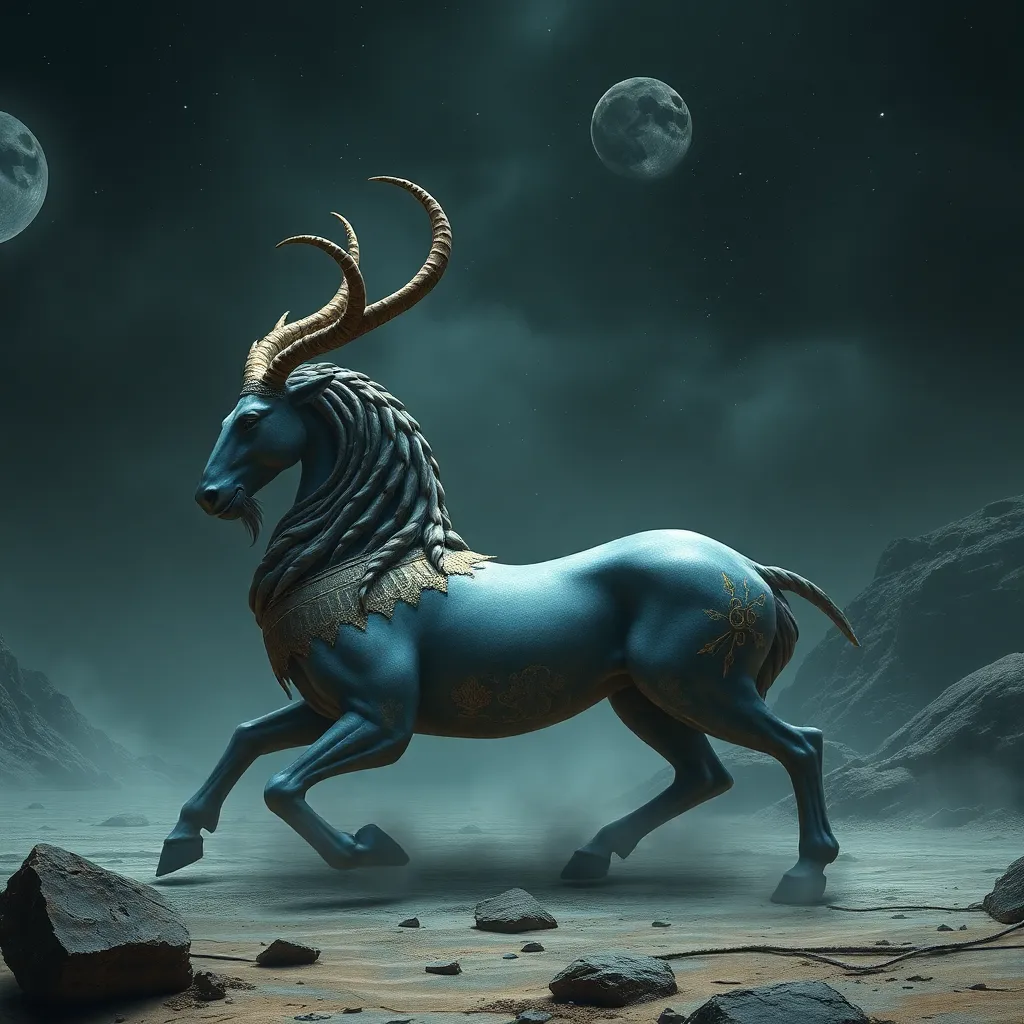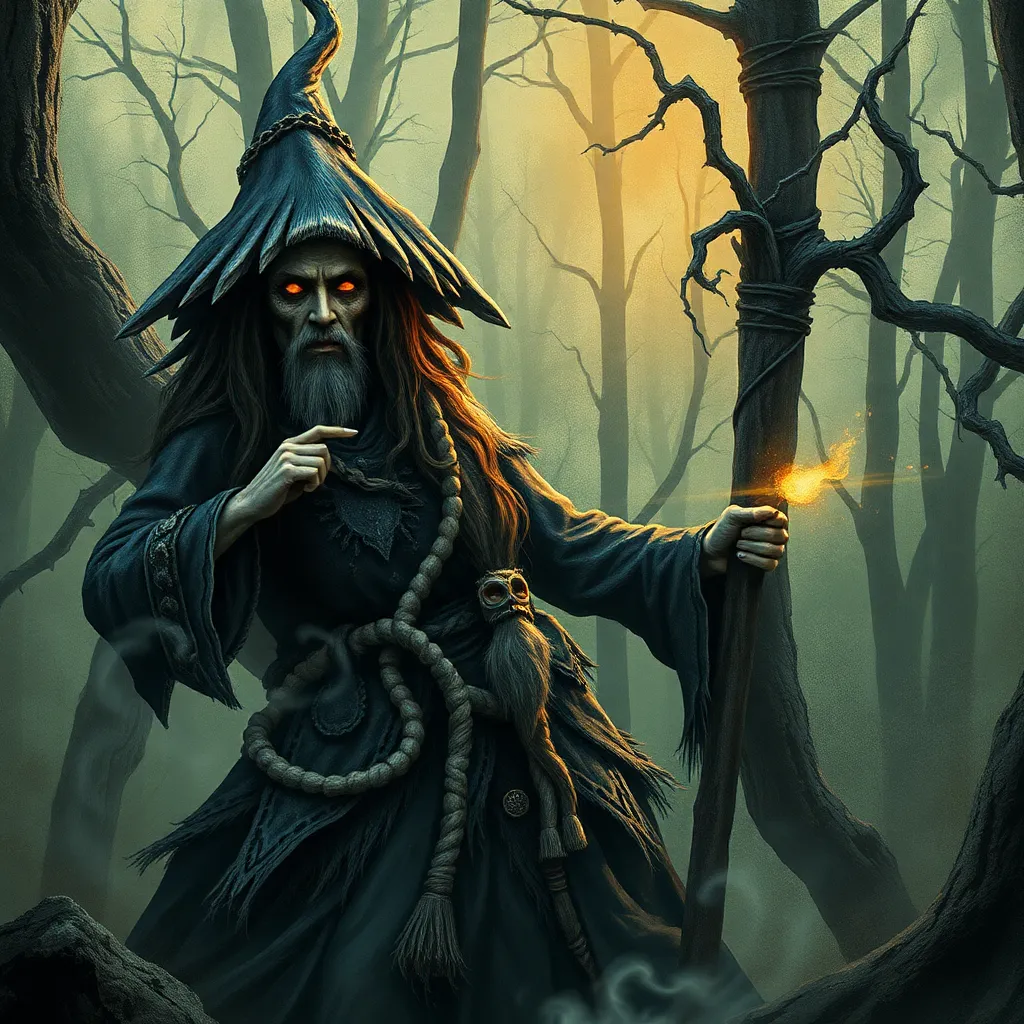Sleipnir Tales: The Egyptian Mythology of the Ancient Gods and Goddesses
I. Introduction
Egyptian mythology is a rich tapestry of stories, beliefs, and rituals that formed the basis of ancient Egyptian civilization. It encompasses a wide array of gods and goddesses, each with their own unique attributes and narratives that explain the natural world, the afterlife, and the human experience.
Sleipnir, often associated with Norse mythology, serves as a metaphorical bridge to explore the complex and intricate world of Egyptian deities. The significance of Sleipnir in this context highlights the interconnectedness of mythologies across cultures, illustrating how different societies attempt to make sense of the cosmos.
This article aims to delve into the origins, major deities, duality, myths, animal symbolism, and the lasting influence of Egyptian mythology, providing an in-depth understanding of its relevance in both ancient and modern contexts.
II. The Origins of Egyptian Mythology
A. Historical context and cultural significance
Egyptian mythology developed over thousands of years, rooted in the beliefs and practices of ancient Egyptians. It reflects the values, fears, and aspirations of a civilization that thrived along the Nile River. The mythology played a significant role in governance, as pharaohs were often seen as divine intermediaries.
B. Key texts and artifacts that shape the understanding of mythology
Several key texts and artifacts provide insight into Egyptian mythology, including:
- The Pyramid Texts: The oldest religious texts in the world, inscribed in the pyramids of the Old Kingdom.
- The Coffin Texts: A collection of spells meant to protect the deceased in the afterlife.
- The Book of the Dead: A guide for the deceased navigating the afterlife, filled with spells and illustrations.
C. The role of mythology in ancient Egyptian society
Mythology was integral to ancient Egyptian society, influencing everything from daily life to monumental architecture. The gods were invoked in matters of state, agriculture, and personal well-being, and temples were constructed as sacred spaces for worship and rituals.
III. Major Egyptian Gods and Goddesses
A. Ra: The Sun God
1. Attributes and symbolism
Ra, the sun god, was one of the most important deities in ancient Egypt. He was often depicted with a falcon head, crowned with a solar disk. Ra symbolized creation, light, and growth.
2. Major myths and stories
One of the central myths involving Ra is his daily journey across the sky in his solar boat, battling the serpent Apophis each night to ensure the sun would rise again. This myth exemplifies the struggle between order and chaos.
B. Osiris: God of the Afterlife
1. Death and resurrection themes
Osiris, the god of the afterlife, represented death, resurrection, and fertility. His myth centers on his murder by his brother Set, followed by his resurrection through the efforts of his wife, Isis.
2. Osiris’ influence on funerary practices
The story of Osiris greatly influenced Egyptian funerary practices, as the belief in resurrection encouraged elaborate burial rites, mummification, and the construction of tombs to ensure safe passage to the afterlife.
C. Isis: The Divine Mother
1. Her role in myths and healing
Isis, the goddess of motherhood and magic, played a crucial role in many myths, particularly in the resurrection of Osiris. She symbolizes the ideal mother and wife, embodying compassion and healing.
2. The importance of motherhood and femininity in her worship
Isis was revered as a protector and nurturer, and her worship emphasized the importance of femininity and motherhood in society. Temples dedicated to her were centers of worship and healing.
IV. The Concept of Duality in Egyptian Mythology
A. Balance between chaos and order (Ma’at)
Ma’at, the concept of truth, balance, and cosmic order, was central to Egyptian mythology. It represented the harmony that the gods sought to maintain against the chaos embodied by deities like Set.
B. The dichotomy of gods (e.g., Horus vs. Set)
The conflict between Horus and Set illustrates the theme of duality in Egyptian mythology. Horus, the god of the sky, represented order, while Set represented chaos and disorder. Their battles symbolized the struggle for balance in the universe.
C. The significance of duality in cosmic order
The duality present in Egyptian mythology highlights the complexity of existence, where every force has an opposite. This balance was essential for the well-being of the cosmos and the society that revered these gods.
V. Myths and Legends of the Ancient Gods
A. Creation myths and the emergence of deities
Creation myths such as the Heliopolitan creation myth describe how the god Atum emerged from the primordial waters of chaos and created the first gods and goddesses. These narratives set the stage for the relationships and dynamics among the deities.
B. The stories of divine conflicts and resolutions
Many Egyptian myths depict conflicts among gods, such as the struggle between Osiris and Set, which ultimately led to Osiris’ resurrection and the establishment of the afterlife. These stories often serve as allegories for human experiences.
C. The impact of these tales on Egyptian culture and religion
These myths shaped Egyptian culture, influencing art, literature, and religious practices. Temples were built to honor these stories, and festivals celebrated their narratives, reinforcing societal beliefs and values.
VI. The Role of Animals in Egyptian Mythology
A. Symbolism of animal deities (e.g., Anubis, Bastet)
Animals held significant symbolic meaning in Egyptian mythology. Deities like Anubis, the jackal-headed god of mummification, and Bastet, the lioness goddess of home and fertility, illustrated the connection between the natural world and the divine.
B. The connection between gods and the natural world
Many Egyptian gods were associated with animals, reflecting the Egyptians’ reverence for nature. This connection emphasized the belief that the divine was present in the world around them.
C. How animal worship reflects societal values
Animal worship in ancient Egypt underscored societal values such as protection, fertility, and the importance of family. The reverence for animal deities reflected a deep respect for the balance of nature.
VII. The Influence of Egyptian Mythology on Modern Culture
A. Adaptations in literature, film, and art
Egyptian mythology continues to captivate modern culture, inspiring numerous adaptations in literature, film, and art. Works like “The Mummy” and novels by authors such as Rick Riordan draw upon these ancient tales.
B. The resurgence of interest in ancient beliefs
There has been a renewed interest in ancient Egyptian beliefs, leading to academic studies, exhibitions, and popular culture references that explore their significance and relevance today.
C. Comparisons with other mythological systems
Egyptian mythology can be compared to other mythological systems, such as Greek and Norse mythology, in terms of themes, narratives, and the portrayal of gods. These comparisons enrich our understanding of human culture and the universality of myth.
VIII. Conclusion
In summary, Egyptian mythology is a complex and multifaceted system that has shaped the beliefs and practices of one of history’s greatest civilizations. The tales of gods and goddesses, the concept of duality, and the role of animals reflect the values and fears of ancient Egyptians.
The enduring legacy of Egyptian mythology continues to influence modern culture, demonstrating the timeless relevance of these ancient narratives. As we explore these myths, we uncover not only the stories of the gods but also insights into the human condition, making them as pertinent today as they were thousands of years ago.




